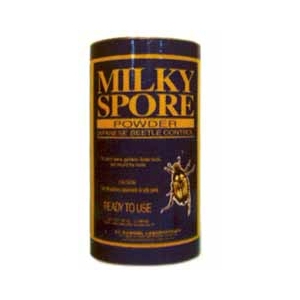

Exclusion TrenchesĬreating a physical barrier can also help control mole activity. Apply the mixture to drench the tunnels and entrances used by the moles to serve as a deterrent. You can create a homemade repellent using a mixture of three parts castor oil and one part dish soap diluted in a gallon of water. Substances like castor oil can cause digestive discomfort in moles, making them reluctant to reside in your yard. Mole repellents are another valuable DIY strategy. Traps are generally considered a safe option as they pose minimal risk to other wildlife or pets. While it can be time-consuming, trapping provides immediate results and effectively reduces mole populations when executed correctly. Choosing the right trap and placing it correctly within the main runways are crucial elements for this method to work effectively. However, it's essential to remember that trapping requires patience, precision, and an understanding of mole behavior. This method involves placing traps in the active runways that the mole frequently uses.

Milky spore granules for voles how to#
Trapping is another effective strategy for figuring out how to keep moles out of your yard. These biological controls target the larvae of soil-dwelling pests, reducing the food availability for moles, therefore making your yard less appealing to them. Beneficial nematodes or milky spores can be effectively used to achieve this. One way to discourage them is to control their food access in your yard. Moles primarily feed on grubs and insects. Here are some experts tips to keep in mind: Eliminate their Food Sources Effective Strategies to Control MolesĪfter identifying mole activity in your yard, the next crucial step is to implement strategies on how to get rid of moles in your yard. The creation of these runways shows active feeding and dwelling. These are feeding tunnels just below the soil's surface, appearing as raised ridges in lawn areas and usually lacking attached mounds.

The existence of surface runways can indicate mole presence. These can confirm their presence and prompt actions on how to keep moles out of your yard. Moles leave behind these clumps as they burrow and are distinctly different from gophers that pulverize the soil into a smooth powder. One of the more overlooked signs of mole activity is the presence of large clumps or chunks of dirt. This unique pattern is a tell-tale sign that moles, not other creatures, are causing the disruption. Unlike gophers, whose mounds are generally clustered together, molehills are usually about six feet apart. While identifying molehills is essential to understanding how to get rid of moles in your yard, it's equally important to notice the spacing of these mounds. Molehills are usually easy to spot and can disrupt the otherwise smooth landscape of your yard. These are distinctive mounds created by moles when they dig and push up the soil to the surface. MolehillsĪnother common sign of mole activity is the presence of molehills or unusual mounds on your property. These spots of decaying vegetation often stand out against the rest of your lawn, indicating a problem beneath the surface. This usually results in patches of dead grass left behind as they dig their intricate network of tunnels. Moles can cause substantial damage to the root systems of your grass. Recognizing these signs is the first step toward figuring out how to get rid of moles in your yard. However, several signs can provide clarity and indicate that you have a mole problem in your yard. Identifying Mole Activity in Your YardĪt first glance, you can mistake mole activity for that of voles, mice, or other rodents. This guide will equip you with the best strategies on how to keep moles out of your yard with ease. By understanding what lures them, we can devise effective strategies to make our yards less inviting to these unwelcome guests. They find spaces with these abundant food sources highly appealing.įavorable environmental conditions include cool soil temperatures and landscapes that offer ample shelters, like hedges and fence lines. Moles are insectivores that love to feast on earthworms, grubs, beetles, and larvae. Understanding what attracts moles in the first place is important when it comes to learning how to get rid of moles in your yard. If you've found your yard turned into a labyrinth of mole tunnels and mounds, it's time to take action. Moles may be cute little critters to some, but they can wreak havoc on your yard, causing significant damage to your landscaping and lawn.


 0 kommentar(er)
0 kommentar(er)
